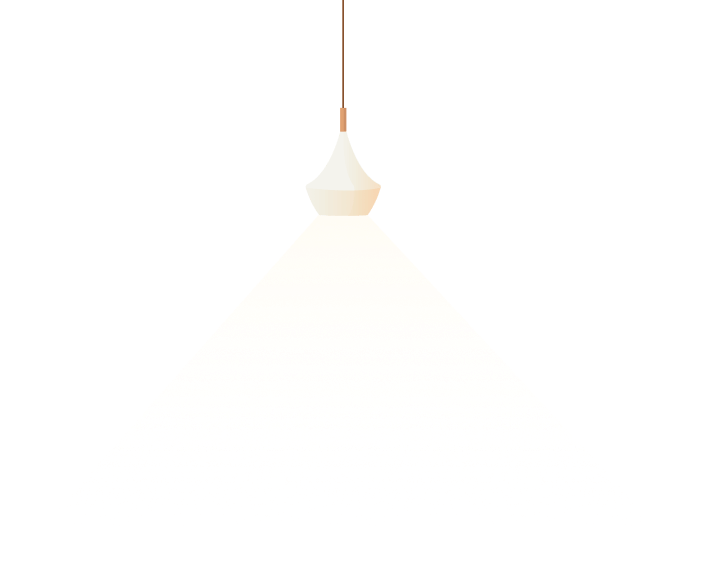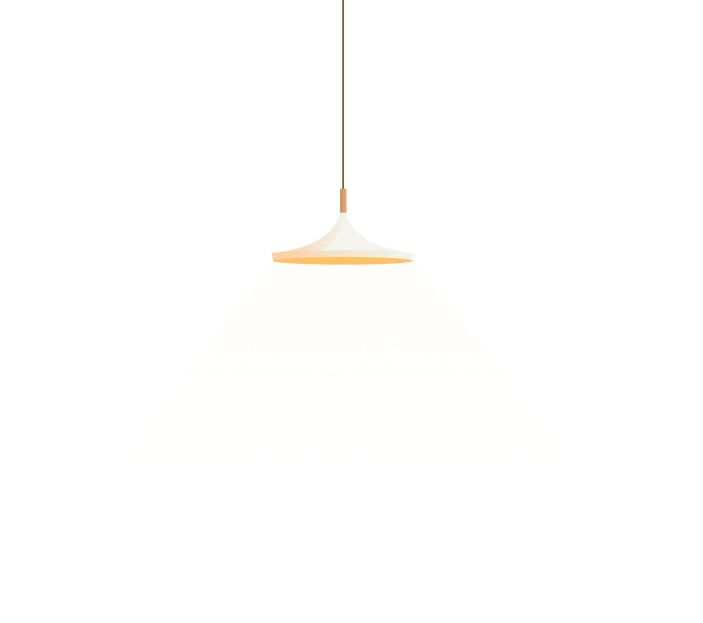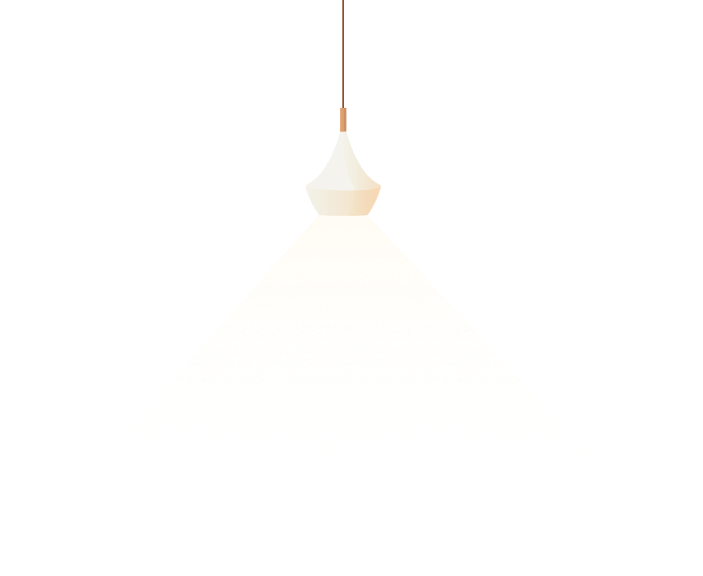Kitchens and Bathrooms: Gas plumbing
A gas hot water system is a type of plumbing system that uses natural gas to heat water for domestic use. Gas hot water systems are generally more energy efficient than electric models and can provide a steady stream of hot water at all times. With the use of a high-efficiency burner, these systems can quickly heat up large quantities of water without needing to constantly reheat it. The temperature range can also be adjusted according to user preferences. Gas hot water systems come in various designs and sizes, making them suitable for different types of households and living spaces. They typically have good safety features, including overflow protection, anti-scalding technology and flame failure detection.
A gas hot water system has several benefits, including:
- Efficiency: Gas hot water systems heat water faster than electric systems, making them more energy efficient and cost-effective.
- Reliability: Gas hot water systems are generally reliable and have a long lifespan, making them a good investment.
- Continuous hot water supply: Unlike electric hot water systems, gas hot water systems can provide a continuous supply of hot water, making them suitable for larger households.
- Safety: Gas hot water systems are equipped with safety features such as temperature and pressure relief valves to prevent overheating and pressure build-up.
- Environmentally friendly: Natural gas is a cleaner burning fuel compared to electricity, which is often generated from coal, making gas hot water systems a more environmentally friendly choice.
- Cost: In some regions, natural gas can be less expensive than electricity, making gas-hot water systems a cost-effective option for heating water.
Who can help me get this system?
Plumbing and gas fitters are professionals who specialize in installing, repairing, and maintaining plumbing systems and gas appliances. These services are essential for residential and commercial properties to ensure the proper functioning of plumbing fixtures, appliances, and pipes, as well as to ensure the safe use of natural gas.
Plumbers and gas fitters in Melbourne are required to be licensed and trained to handle these tasks, which can range from simple repairs to complex installations. They can provide services such as fixing leaks, unclogging drains, installing hot water systems, and replacing or repairing gas appliances.
It’s important to choose a licensed and experienced plumber or gas fitter in Melbourne to ensure that work is completed to the highest standard and that it meets the relevant safety regulations.
You can search for plumbing and gas fitters in Melbourne by checking online directories, searching local business listings, or asking for recommendations from friends and family. When choosing a plumbing and gas fitter, be sure to compare their rates, services, and experience to find the best fit for your needs.
You can search for plumbing services in Melbourne by checking online directories, searching local business listings, or asking for recommendations from friends and family. It’s also a good idea to read reviews and check the plumber’s credentials before hiring them.







